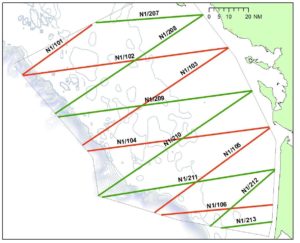The flight campaigns started the first week of January in the Bay of Biscay. The main objective of these flights is to monitor the distribution, abundance and use of the area by marine megafauna (marine mammals and birds) during the winter.
In the framework of the Delmoges project, the data will be used to monitor variations in the distribution of common dolphins on a fine temporal scale, on the Bay of Biscay shelf, during the winter, the major catching season. Previous campaigns (2020) have shown that common dolphins sometimes gather massively inside the continental shelf during very short periods.
The sampling plan is composed of transects in zig-zag lines to optimize the survey coverage. The aerial surveys are carried out following a precise protocol on board a high-wing aircraft equipped with bubble windows: two observers report the observed species and the data are entered in real time by a navigator.

The Delmoges project was set up in response to a Ministries request to acquire knowledge on common dolphins bycatches in the Bay of Biscay. Within this framework, campaigns at sea will be conducted from January to March 2023. They will integrate different tools and spatial scales to understand the spatial relationships between dolphins, small pelagic fish (their preferred prey) and fishermen’s nets. Aerial overflights will be used to map the dolphins. At the same time, a drone equipped with depth sounders (Drix drone from Ixblue) will map the three-dimensional distribution of fish. Near the net fishing areas, another drone equipped with hydrophones (Sphyrna drone from the company SeaProven) will allow to spot the behavior of dolphins and their interactions with the nets. This unique operation is a multiple partnership (Ifremer, Pelagis, Toulon and Montpellier Universities, private companies). It will allow to understand how dolphins evolve in their food landscape and how they interact with the fishing activity.

